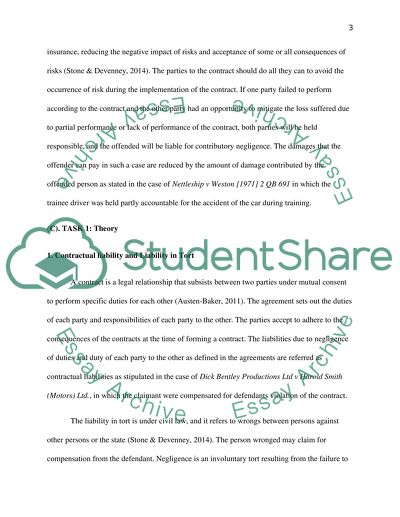Cite this document
(“Preparing Risk Management Guidelines Assignment”, n.d.)
Retrieved from https://studentshare.org/law/1645674-preparing-risk-management-guidelines
Retrieved from https://studentshare.org/law/1645674-preparing-risk-management-guidelines
(Preparing Risk Management Guidelines Assignment)
https://studentshare.org/law/1645674-preparing-risk-management-guidelines.
https://studentshare.org/law/1645674-preparing-risk-management-guidelines.
“Preparing Risk Management Guidelines Assignment”, n.d. https://studentshare.org/law/1645674-preparing-risk-management-guidelines.


